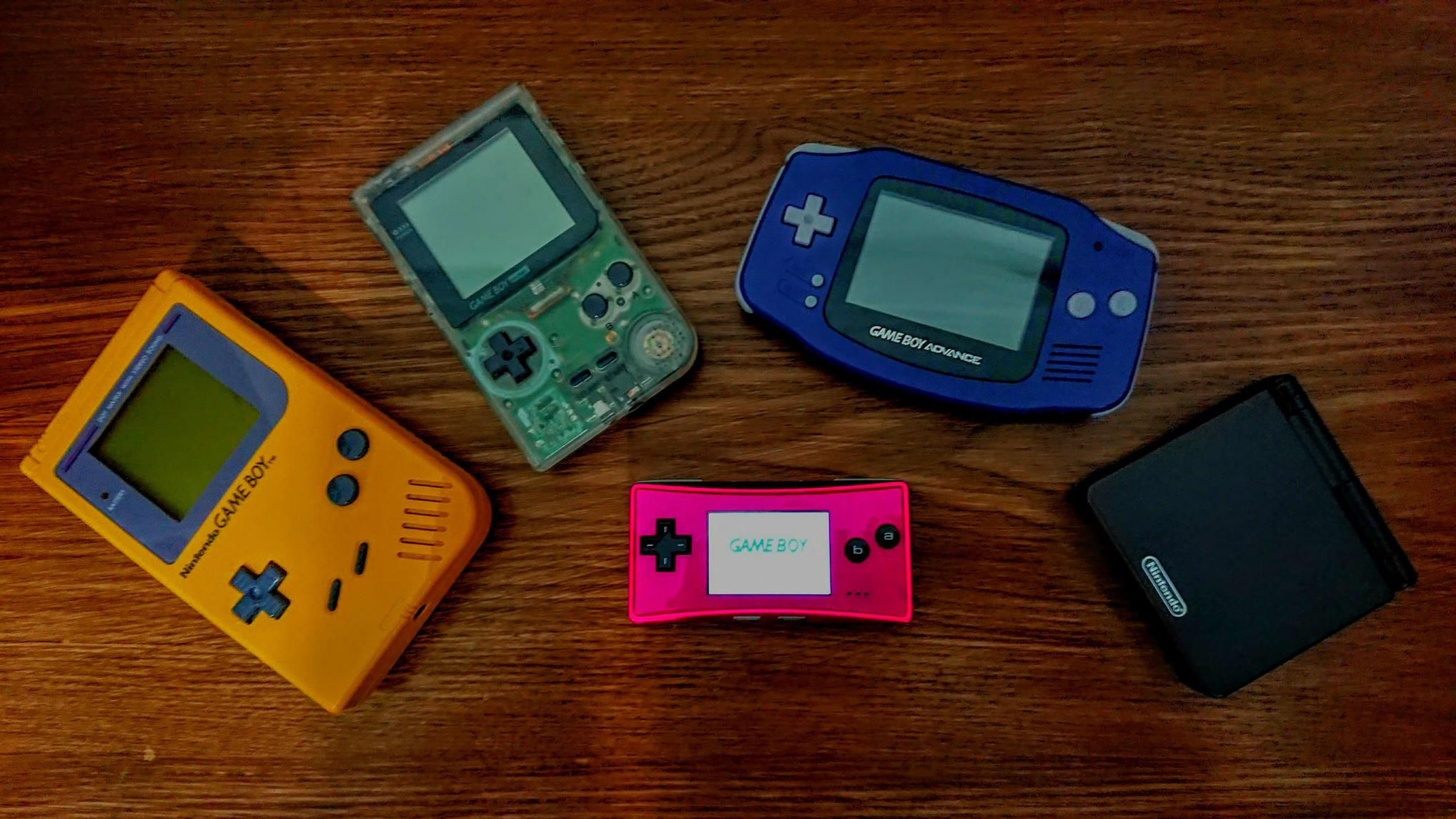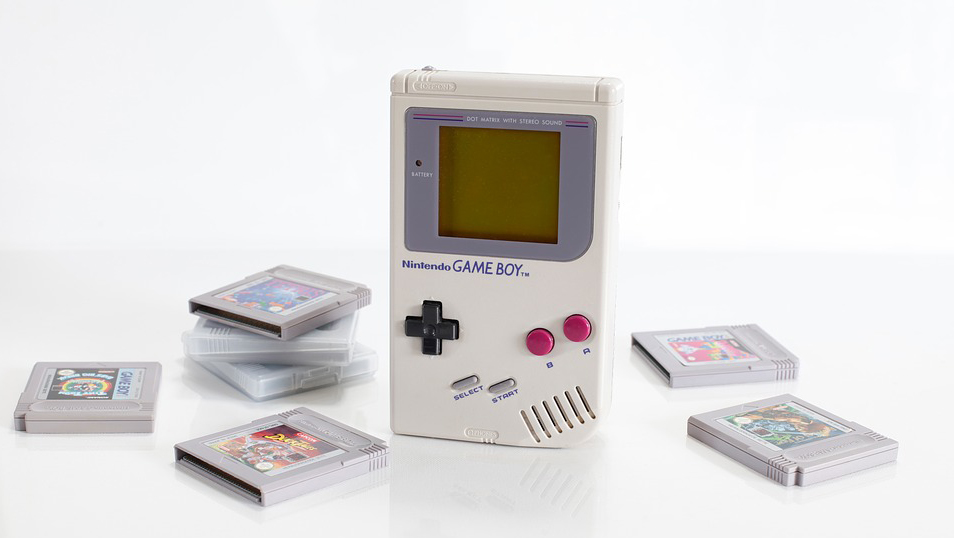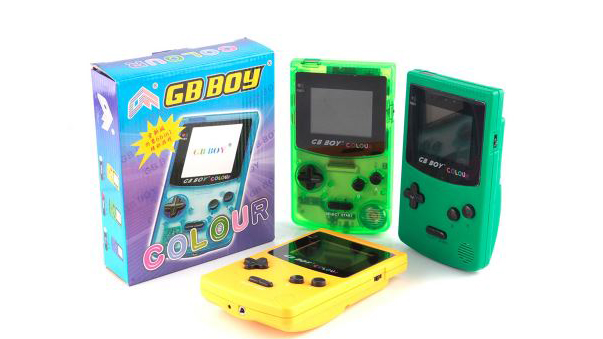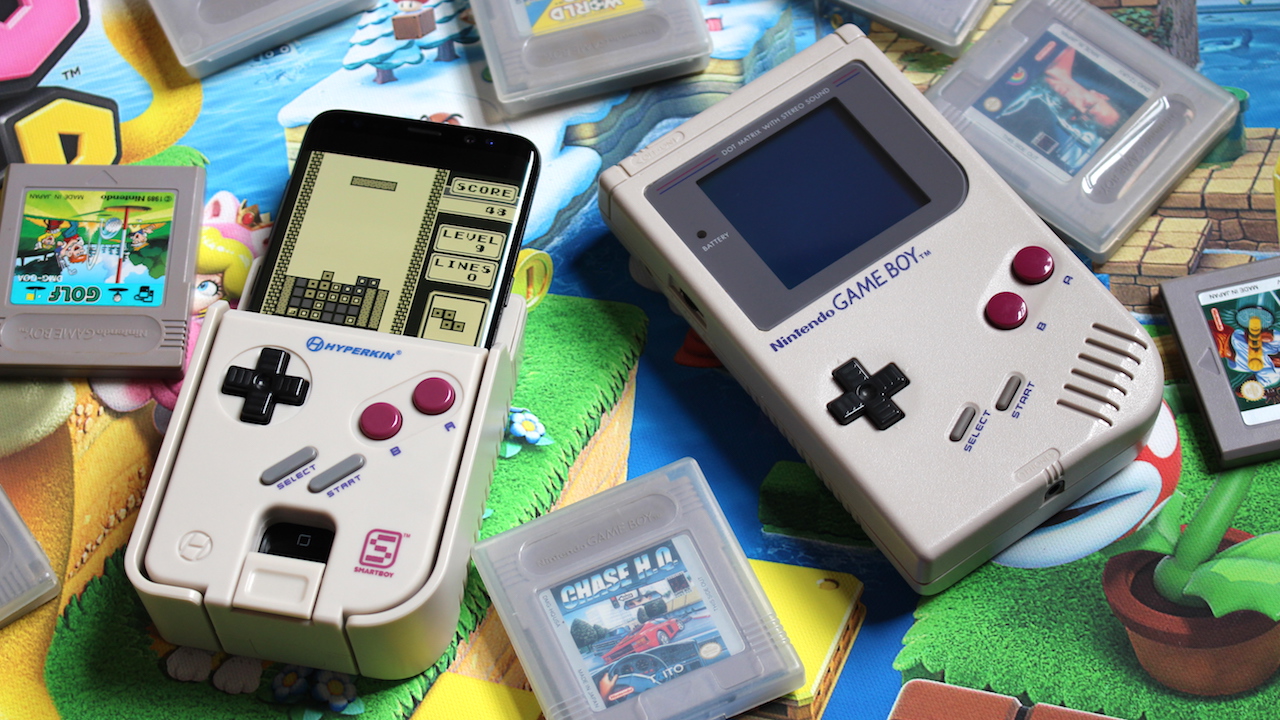How to mod your Game Boy and Game Boy Advance
This is the mod(ern) way

Handheld gaming is a luxury that many take for granted in the modern age. From our smartphones, to home console hybrids such as the Nintendo Switch, gaming on the go has never been easier. However, Rome wasn’t built in a day, and the console industry took a long time to get the formula for portable gaming right. From battery hungry machines to impractically sized designs, it quickly became apparent that for pocket sized gaming to be achievable, the correct compromises had to be made. It wasn’t until the Nintendo Game Boy made its debut in 1989 that gamers could finally play their games both practically and portably, changing the industry as we know it.
Nintendo’s legendary gray brick had many qualities that gave it the advantage over its competition; longer battery life, a large library of games and a comfortable form factor all made it a gamers favorite travelling companion. Despite the Game Boy brand being discontinued, its appeal still resonates throughout gaming today, with enthusiasts developing ways to enhance the experience using modern technology. This guide will look at the best way to experience the Nintendo Game Boy today, from original console modifications to new hardware options.
Choosing the right Game Boy for you

Before we delve into the world of enhancements and customization for your Game Boy, it’s important to consider which model is best suited to your needs. Throughout its lifetime, the Game Boy received various reiterations and redesigns that further enhanced Nintendo’s original formula. From making the design more pocket friendly, to adding a splash of color to the graphics, the Game Boy evolved alongside technology of the time. The eventual release of the Game Boy Advance further solidified Nintendo’s handheld legacy, adding 32- bit graphics capabilities to the system, similar in style to the SNES. The Game Boy finally retired from its handheld throne in 2010, which means that newcomers have a wide variety of models to consider when starting out.
Choosing a generation of Game Boy can be a tricky decision of style over substance, with each system having its own quirks and benefits. Whilst the original Game Boy is rugged and power efficient, its murky screen and lack of any sort of display lighting make it difficult to use today. Whilst screen clarity was resolved with the Game Boy Pocket and Color, the screen is still very difficult to see without sitting on the surface of the sun. It wasn’t until the release of the Game Boy Advance SP that Nintendo finally graced its console with a front-lit screen, which vastly improves visibility.

The Game Boy Advance SP is probably the most accommodating model of the handheld console; with its backwards compatibility, rechargeable battery and front-lit display. There was also an alternative model of the SP, which features a gorgeous back-lit screen, however its limited release means it’s hard to obtain. The main complaint about the SP is the form factor – as its clam shell design features a more cramped button layout. This is something the original Advance console design got right, with its wide shaped design and traditional sized buttons. The Game Boy Micro was released just as the brands reign was coming to an end; featuring a backlit screen, miniature size and customizable face plates, whilst only being compatible with Game Boy Advance games.
While features and design might be an important factor, the price tag might also sway your decision. An original Game Boy on the likes of eBay will set you back around $50, with the Pocket and Color retaining a similar value. This might not sound too pricey, however, many of these consoles have been well loved by rowdy 90’s kids, so be wary of potential faults and cosmetic blemishes.
The Game Boy Advance models tend to go for slightly cheaper, at around $30, depending on the condition. Rarer models on the other hand can command a higher price, with the back-lit SP selling for around $70 and the Micro for as high as $120. For some, the price attached to getting a nostalgia fix might be a bit too high. If, however, you’re committed to experiencing the full potential of the Game Boy, you may find yourself exploring the realm of Game Boy customization.
Sign up for breaking news, reviews, opinion, top tech deals, and more.
Modifying your classic console

Providing that money isn’t an issue, your Game Boy can be modified to reach its full potential. Not only are there enough parts available to revive your tired old console, but you can also resolve fundamental flaws with the original system. A great place to start when modifying your Game Boy is by updating its housing, with an alternative shell.
If your Game Boy is looking worse for wear, then you’ll more than likely want to get it looking minty fresh again. Luckily, there’s a large selection of replacement shells and buttons available that will give your old console an aesthetic overhaul. From replicas of the original cases to abstract color combinations, customizing your Game Boys outer shell is something of an art form.
This is also an extremely affordable mod to begin with if you’re new to the scene, with shells usually costing under $10. These can be acquired from the likes of eBay or AliExpress, with variances in the quality of the plastic. If taking a risk on quality is something you’d rather avoid, you can always visit the likes of Deadpan Robot, who specialize in various Game Boy components. Whether it’s for an original Game Boy or a Game Boy Advance, you’ll be sure to find something that speaks to your personality and needs.
Now that you’ve got your Game Boy in showroom condition, you’ll want to take it for a test drive. This will likely draw your attention to the issues with the console's notorious LCD display. The issue of its lack of lighting and ghosting has haunted gamers since the consoles release, naturally motivating the community to come up with a solution through modification.

Adding a backlight to your original Game Boy can take the handheld from being a relic of the past to a viable way to game on the go. If you’re striving for the best original Game Boy experience, you could also pair your backlight with a bivert mod chip. This clever modification will increase the contrast of your Game Boy’s screen, resulting in a much sharper image. Backlighting can also be added to the likes of the Game Boy Advance, which can be a great alternative to using the clam shell SP model. There are various other modifications available that might accommodate individual needs, such as rechargeable batteries, which will ensure you’re not lining the Duracell bunny’s pockets. Your choice of mod will most likely come down to how much effort you want to go to, as well as how much money you want to spend. From sound enhancements to
As these modding projects range from simple disassembly to more complex electronics soldering, you may be slightly nervous to give it a try. While the internet is filled with tutorials and guides, you might not have the time or the confidence to operate on what is essentially handheld gaming's grandfather. Thankfully, companies such as Deadpan robot will not just provide the parts, but they’ll also complete the mod for you. At around an extra $30 for the service, you might think this is fairly pricey, however it’s definitely a good option for those want to stay away from DIY solutions. You can even purchase a console straight from Deadpan Robot, already modified, saving you from providing your own.
For some, the effort and money required to transform your Game Boy into a premium experience may seem unnecessary. In a world of emulators and mobile devices, an authentic experience usually appeals more to enthusiasts and retro gamers alike. If you want to explore the Game Boy catalog, out of nostalgia or intrigue, you find that investing in modern Game Boy compatible devices is the best option.
Alternatives to the real deal

Retro gaming has never been more popular than it is today, which is why many companies have seized the opportunity to capture the nostalgia of potential customers. The Game Boy and its formfactor are no exception to this, with various devices and ways to replicate the experience available in the guise of retro tech.
In 2017, Hyperkin released the SmartBoy, a controller attachment for smartphones that essentially transforms your device into a Game Boy. Using the same idea as their Retr0n series of systems, the SmartBoy uses actual Game Boy cartridges to load games into an emulator, in this instance on a Smartphone. Having both cartridge compatibility and physical buttons means the SmartBoy will feel very reminiscent of your original Game Boy experience, with the added bonus of being able to use your own phone screen and battery. If the inaccuracies of emulation don’t bother you, such as potential sound and graphics issues, then this will be a quick and easy way to enjoy the best the system has to offer. Keep in mind though, it might be an inconvenience to use your smartphones battery to power the unit.
If you’ve ever browsed Aliexpress or Wish, you’ll be aware of the various Game Boy styled handheld’s that are typically used for emulation. While these can be a cheap and easy way to experience some pocket-sized gaming, quality will vary. One of the most popular options on these sites has been the GB Boy color, which is essentially a $30 Game Boy Color clone that can use cartridges. Despite its slightly cheaper feel, its backlit display is far superior to that of an original console.

Another example of a Game Boy inspired handheld is the Bittboy, an emulation based micro console that will run Game Boy, Game Boy Color, NES and SNES games. The Game Boy inspired formfactor and 2.4-inch backlit display make for a great experience when using your old catalog of ROM files. While it’s a pity that the console doesn’t support Game Boy Advance titles, this is compensated for via the support for Nintendo's classic home consoles. At $40, this is a great option for those that want a compact device to travel with, although keep in mind that you’ll need to legally source your own ROM files. Be aware that there are various imitations of the Bittboy on the market, especially on Aliexpress and eBay, which are of much lesser quality.
From revitalizing old hardware, to replicating the experience on new tech, the Game Boy is still as relevant today as it was in the 90’s. It’s a great example of how innovation doesn’t age, especially when any of the original systems flaws can be addressed. The future is looking bright for the Game Boy, from its thriving community of modders to a wide range of support via modern tech. If for nothing else, at least the Game Boy will now live long enough for our grandchildren to get confused over why the touch screen isn’t responding.

Phil is the hardware editor at GamesRadar+ responsible for covering retro gaming shenanigans, but also likes to put the latest gaming handhelds, graphics cards, and monitors to the test. In a previous life, they served as a member of the PCGamesN team, providing PC hardware news, reviews, and insights. They also spent a chunk of time contributing words to the likes of the BBC, The Daily Star, GameByte, and Den of Geek.